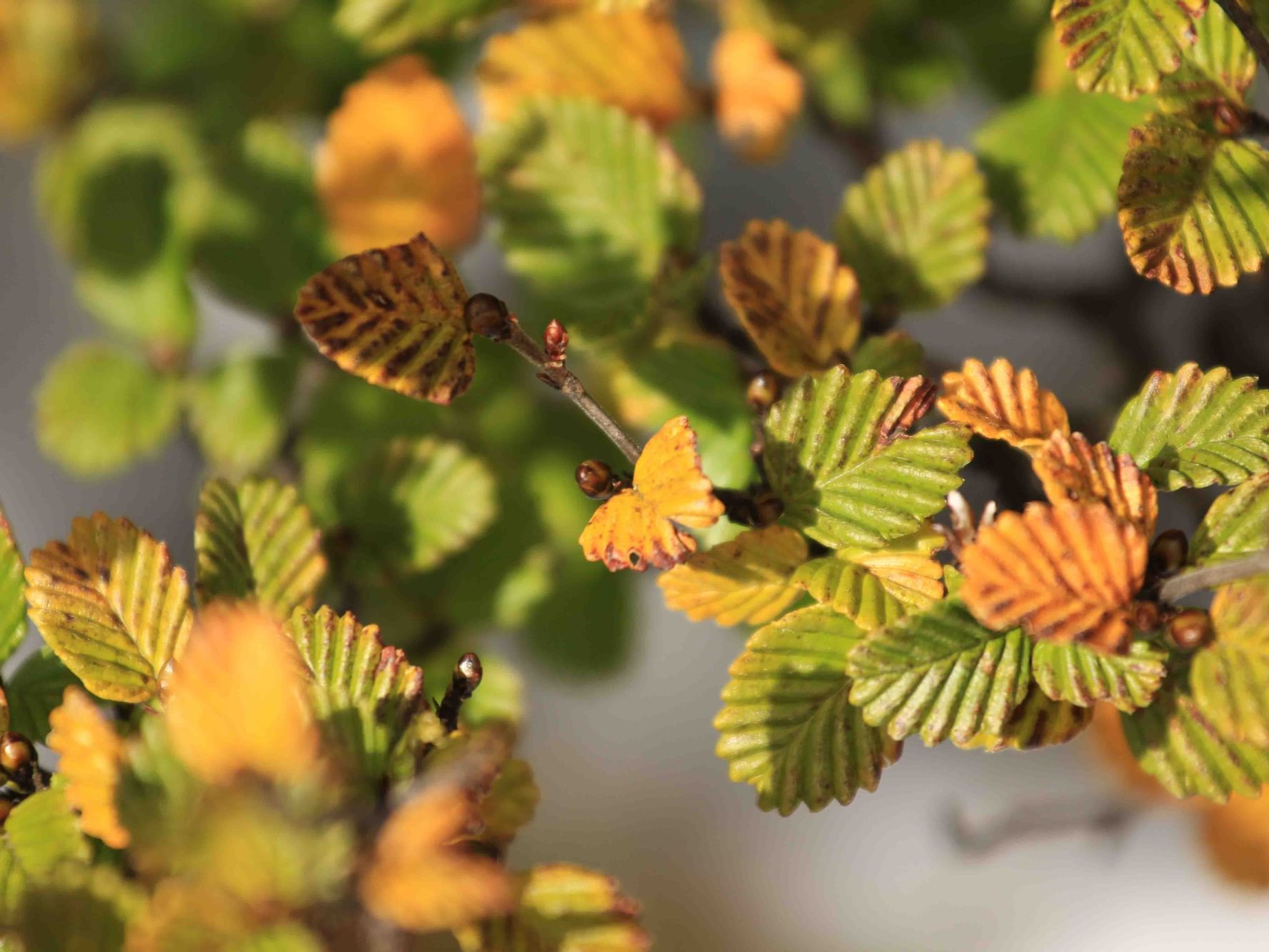Fagus
Tasmania’s deciduous beech—or fagus (nothofagus gunnii)—is Australia’s only cold climate, winter deciduous tree.
Found only in Tasmania, fagus is a descendant of ancient plants that first emerged in Gondwana, around 100 million years ago. Today, other species of nothofagus found in South America, New Zealand and mainland Australia provide a clue to that ancient link. In fact, it was this connection that first led scientists to believe that those landmasses, including Tasmania, were once part of a giant supercontinent. Fossil remnants of nothofagus have also been discovered in Antarctica.
How to spot fagus
Fagus is a small, bushy tree that grows to around two metres in height. It has dark green, ridged leaves and often has a network of ground level branches that has earned it the name ‘tanglefoot’ among bushwalkers!
Fagus grows in alpine areas above 800 metres where annual rainfall is high, and so is perfectly suited to the cool temperate forests of the Tasmanian highlands. There is thought to be just 10,000 hectares of fagus growing in Tasmania.
Fagus is most easily identified in autumn, when its full nature as a deciduous tree is revealed in stunning fashion.
An autumn spectacle
Deciduous trees lose their leaves in response to the harsh conditions of a long, cold winter. A lack of sunlight prevents adequate photosynthesis, and so the trees effectively hibernate until the sun returns in spring. In Australia, other alpine trees have made different adaptations to survive winter, such as growing smaller, or oil-rich leaves.
Between April and May, the leaves of the fagus begin their seasonal transformation, changing colour from green to yellow, gold and deep red, creating a truly spectacular autumn display.
Where to see fagus
One of the best places to see fagus is at Crater Lake (a two-hour / 5.7 km circuit walk from Dove Lake), where it covers large sections of the forested slopes around the lake.
If you prefer an easier, or shorter walk, you can also see fagus on the Dove Lake Circuit track, and the short, easy Weindorfer’s Forest Walk, near Waldheim Chalet.
